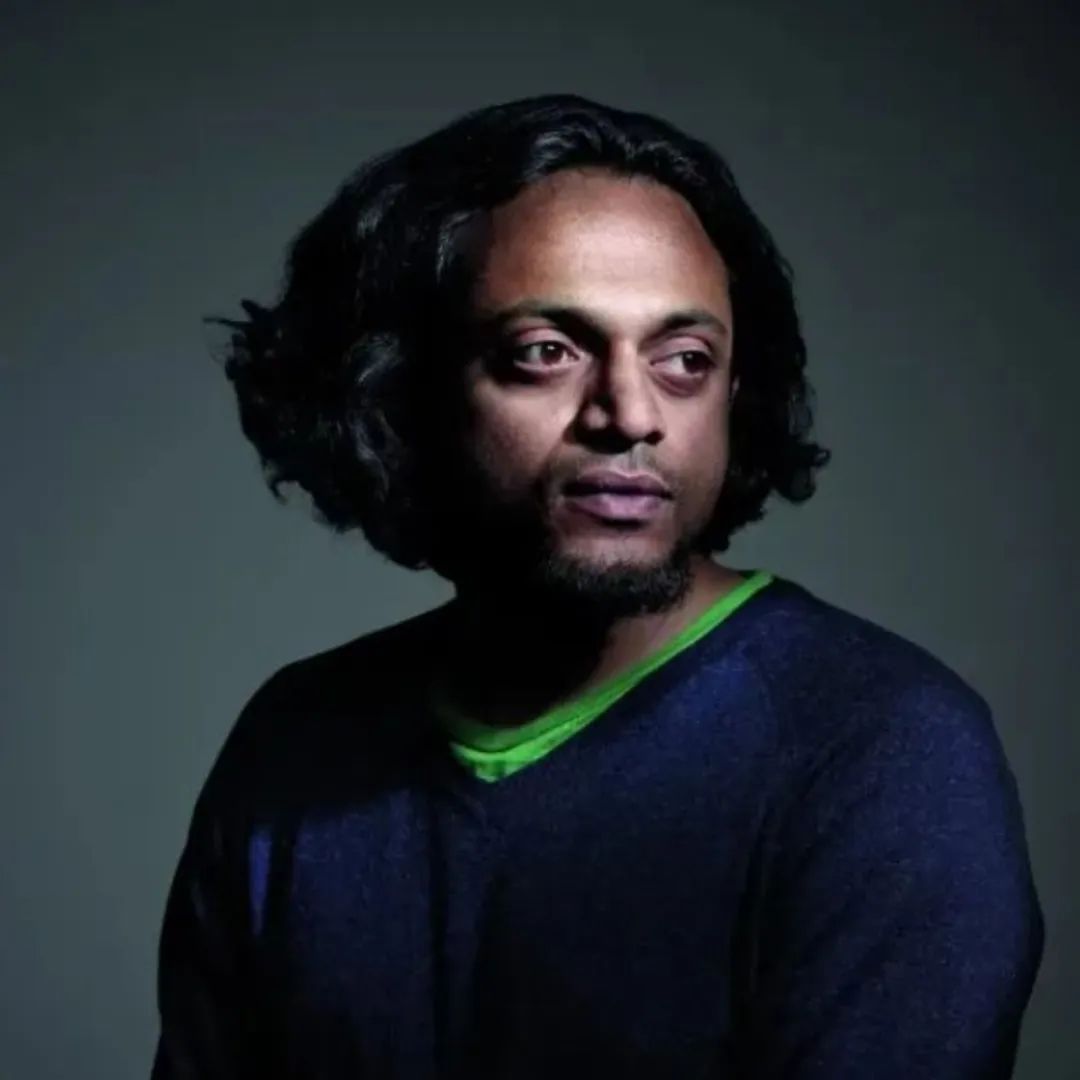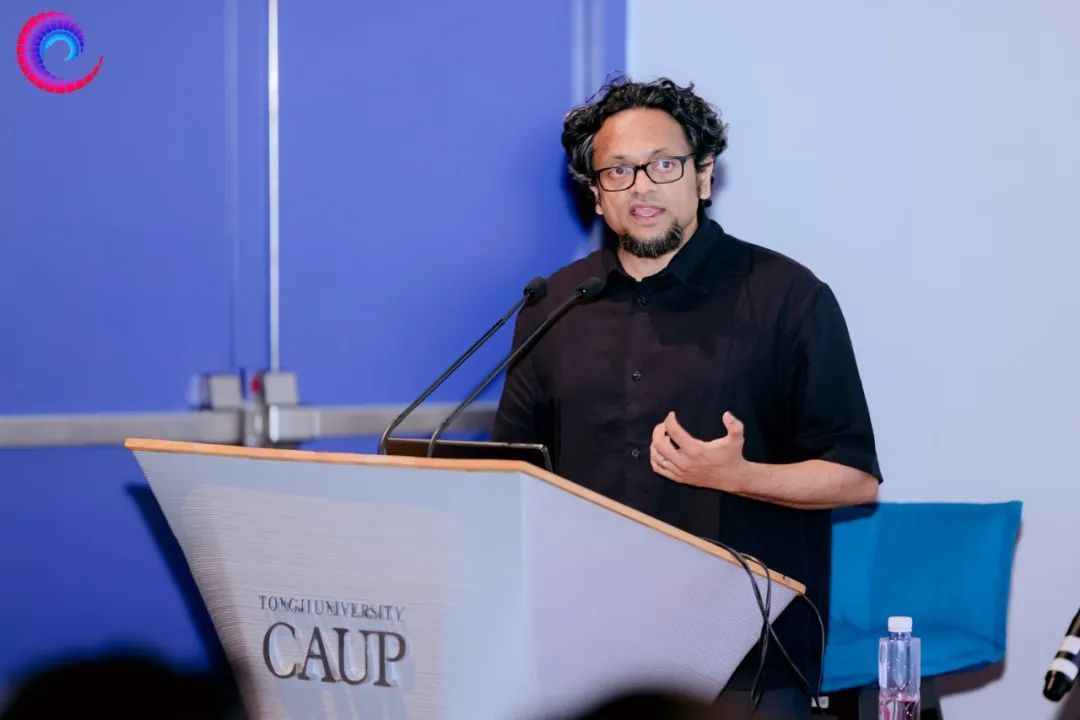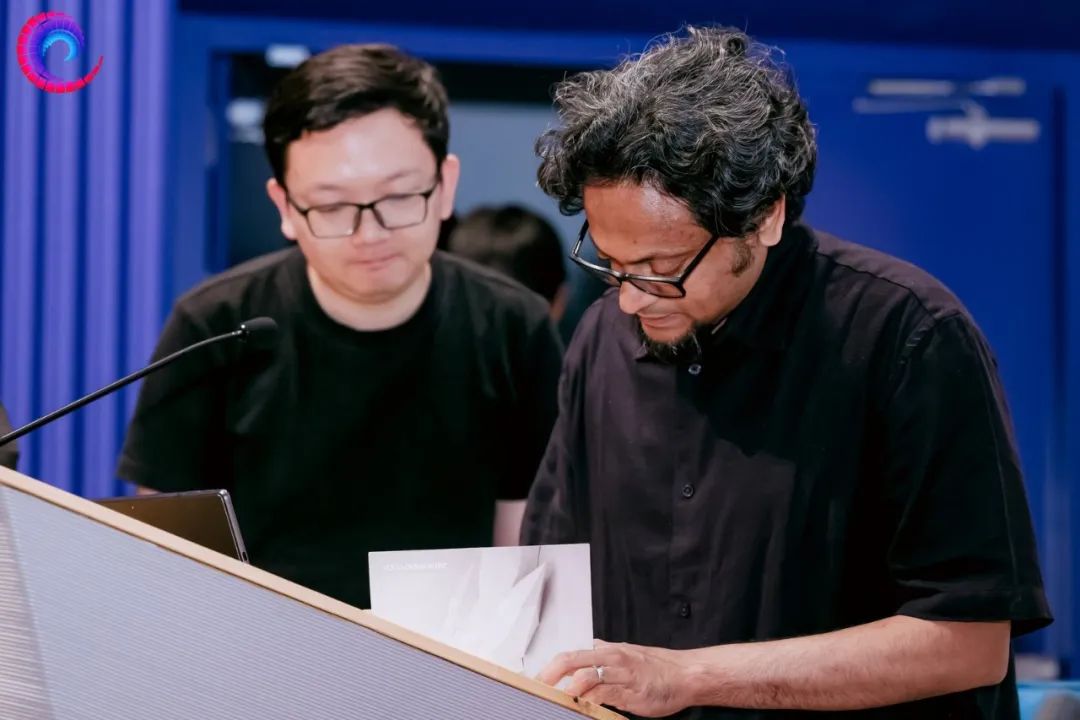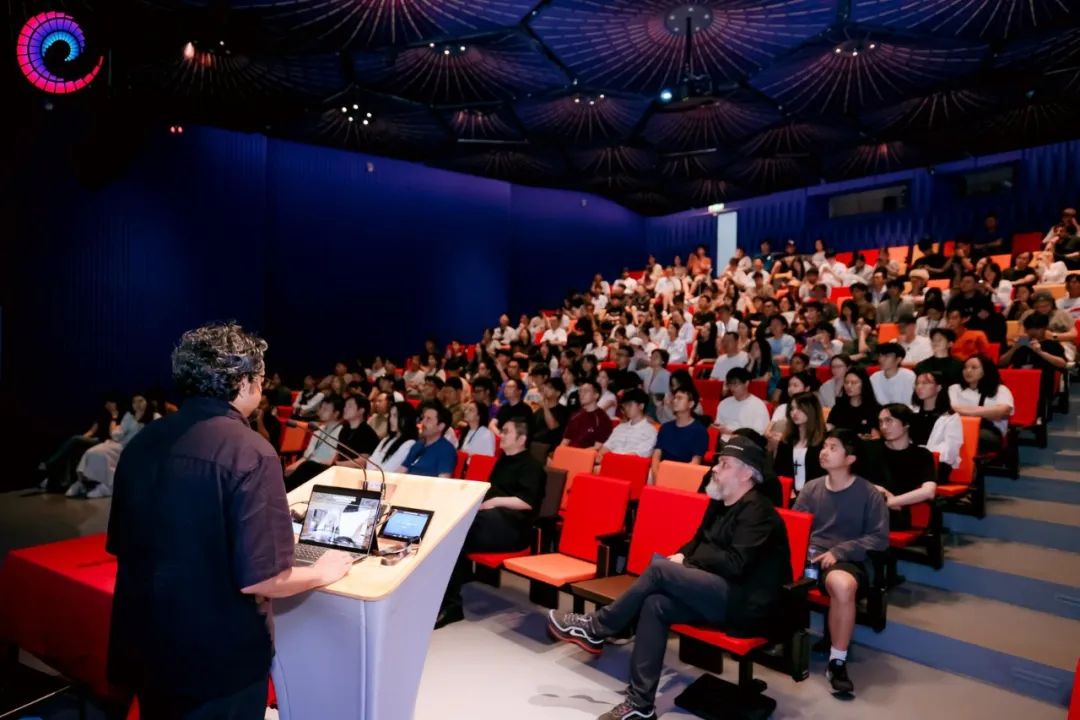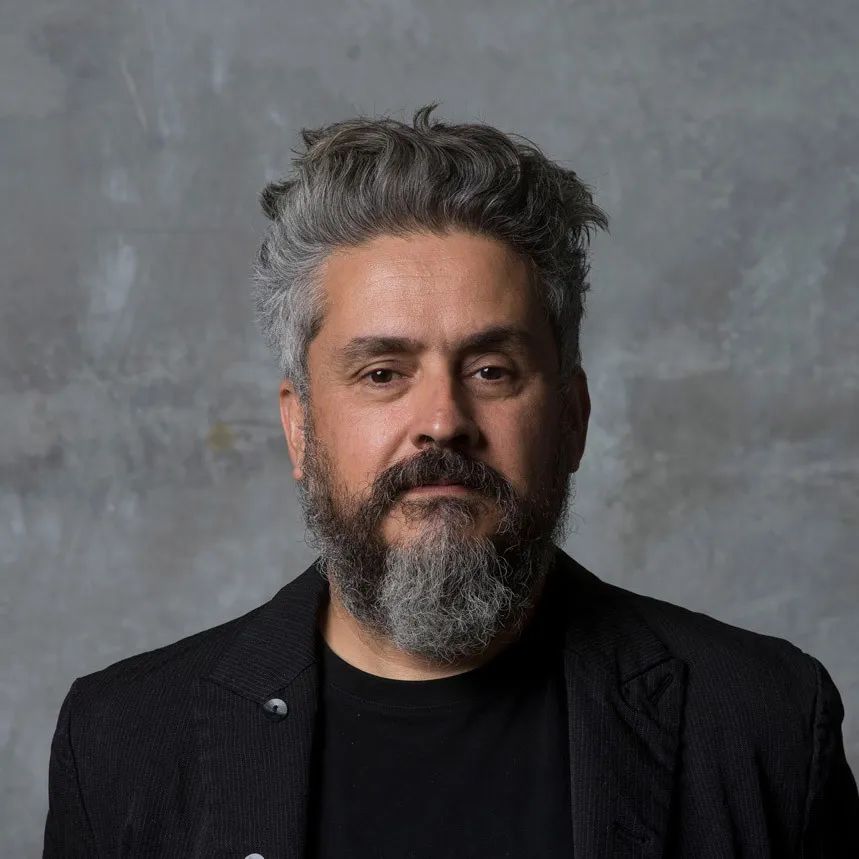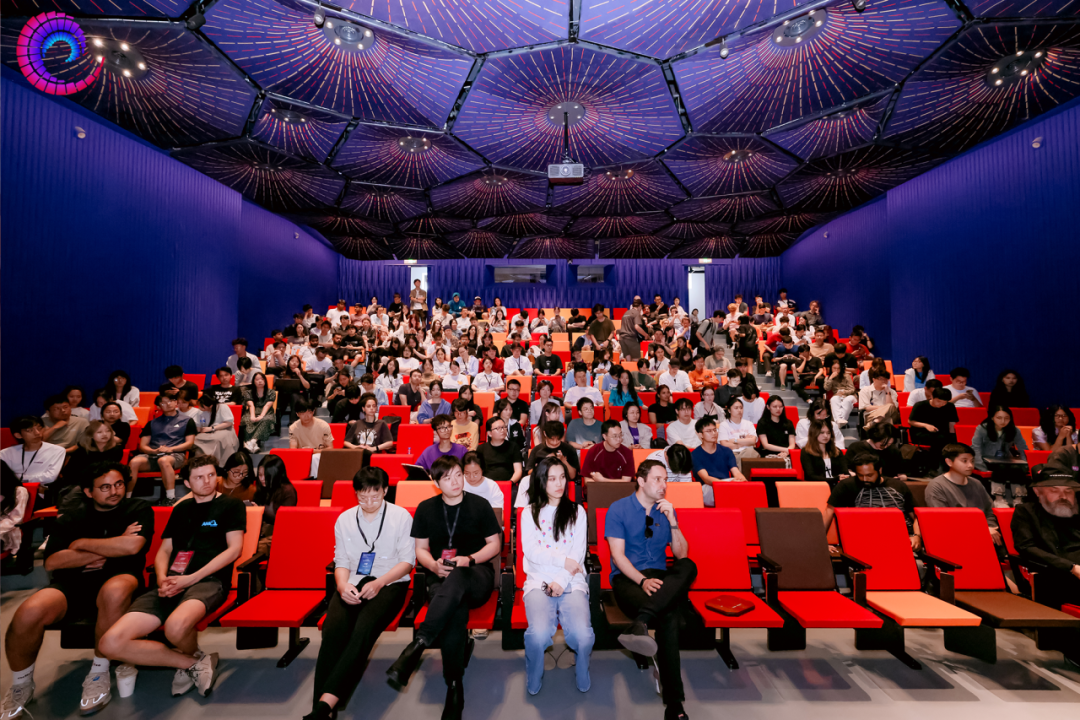
On June 30, 2025, during the DigitalFUTURES 2025 event, Shajay Bhooshan, Associate Director at Zaha Hadid Architects (ZHA) and Head of the ZHA Computation and Design Group (ZHACODE), delivered a keynote speech at the Zhong Ting Auditorium (2nd Floor, Building B) in the College of Architecture and Urban Planning (CAUP) at Tongji University.
Following his presentation, Bhooshan participated in a discussion on the relationship and future prospects between AI technology and architectural creation alongside Prof. Philip F. Yuan, Deputy Dean of Tongji University's CAUP, and Hernán Díaz Alonso, President of the Southern California Institute of Architecture (SCI-Arc). The session concluded with a Q&A segment where the panelists addressed questions from students in the audience.
Shajay Bhooshan
Associate Director, Zaha Hadid Architects (ZHA), and Head of ZHA Computation and Design group (ZHACODE)
Shajay is an Associate Director at Zaha Hadid Architects where he co-founded and heads the Computation and Design research group (ZHACODE, 2007). He is an alumnus and a studio-master at the post-graduate course of Design Research Laboratory at the Architectural Association, London (AADRL, 2006). There he explores the intersection of computational geometry, video game technology, urban development, and industrialised construction. Shajay pursued his scientific interests in digital design and robotic fabrication during his Doctoral studies at the Block Research Group (BRG, 2022) at the ETH, Zurich and previously as a M.Phil. graduate from University of Bath (2016).
Keynote Speech
Shajay Bhooshan
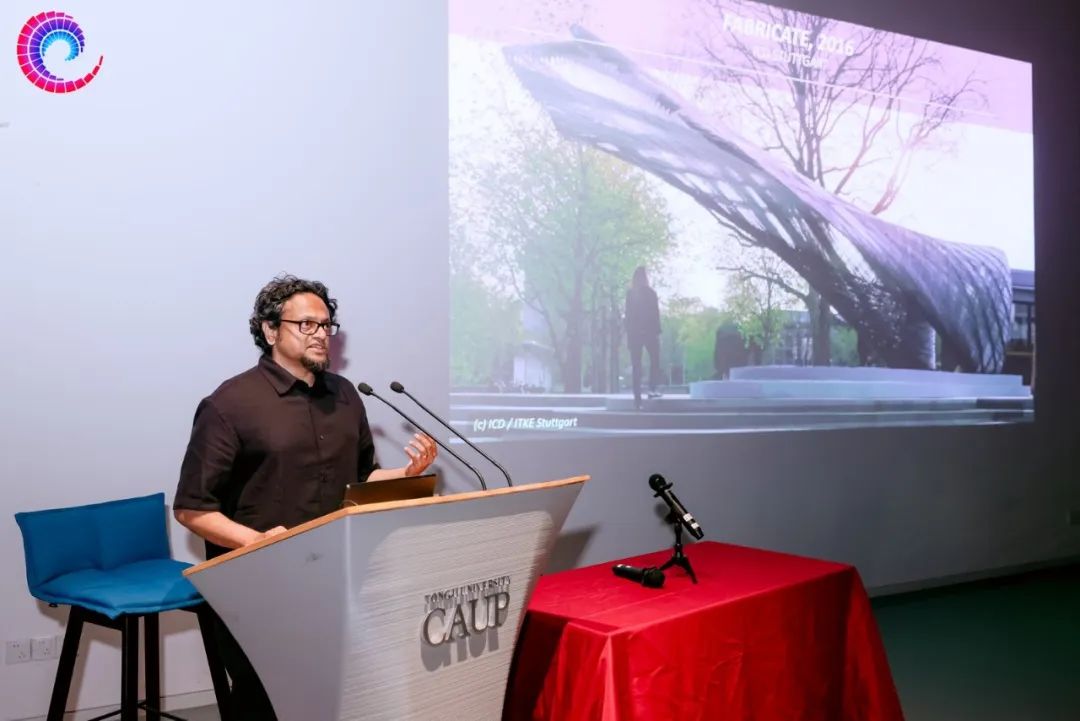
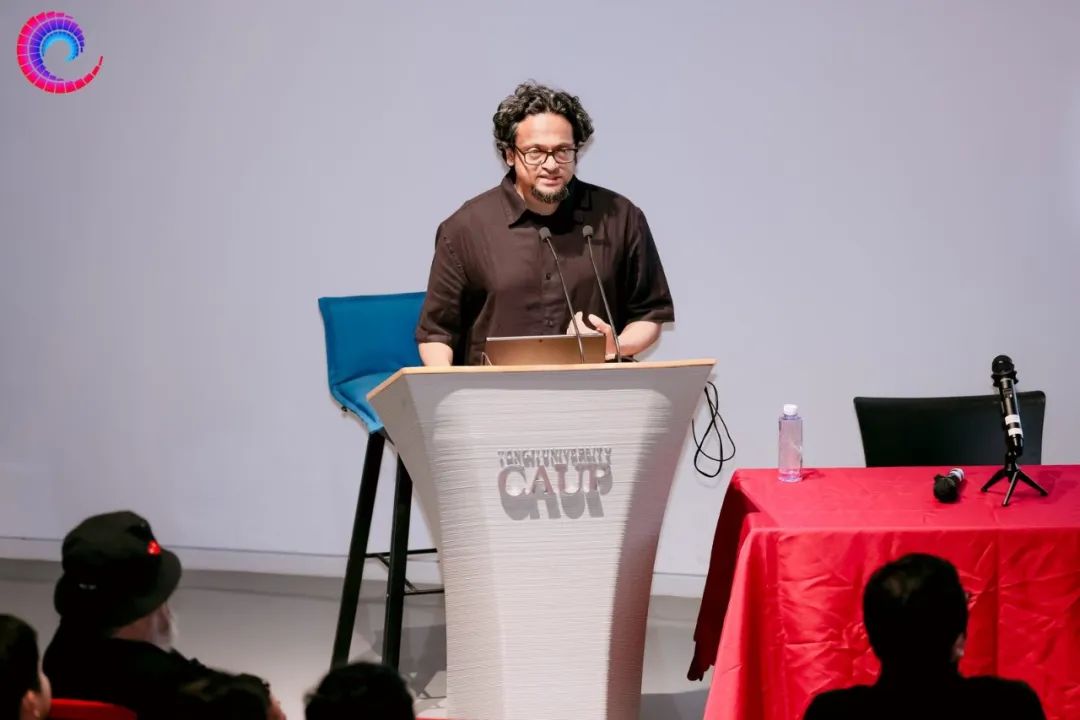
In this lecture, Shajay Bhooshan themed ARCHITECTURAL GEOMETRY & TECTONISM IN THE AGE OF AI, sharing Zaha Hadid Architects' (ZHA) completed projects across different periods and AI technology research explorations. Starting with the pavilions designed during his studies under Professor Philippe Block and after joining ZHA, he introduced ZHA's architectural geometric aesthetics, tracing the firm's development through the narrative of following the Bauhaus footprint. Building on this, Shajay explored ZHA's design concepts and technological innovations in recent years across dimensions including architectural geometry, digital concrete technology, robotic fabrication, AEC framework, urban morphological geometry, and popular design. He introduced ZHA's innovative practices and avant-garde artistic aesthetics from multiple perspectives such as software development, robotics, and implemented projects, sharing research explorations including annual DigitalFUTURES workshop achievements and AI architectural games. The lecture reviewed how ZHA integrated AI technology with design processes and practical implementation, envisioning boundless possibilities of AI merging with human life and architectural design, providing new perspectives and practical references for architectural design and technology in the AI era.
Discussion and Q&A
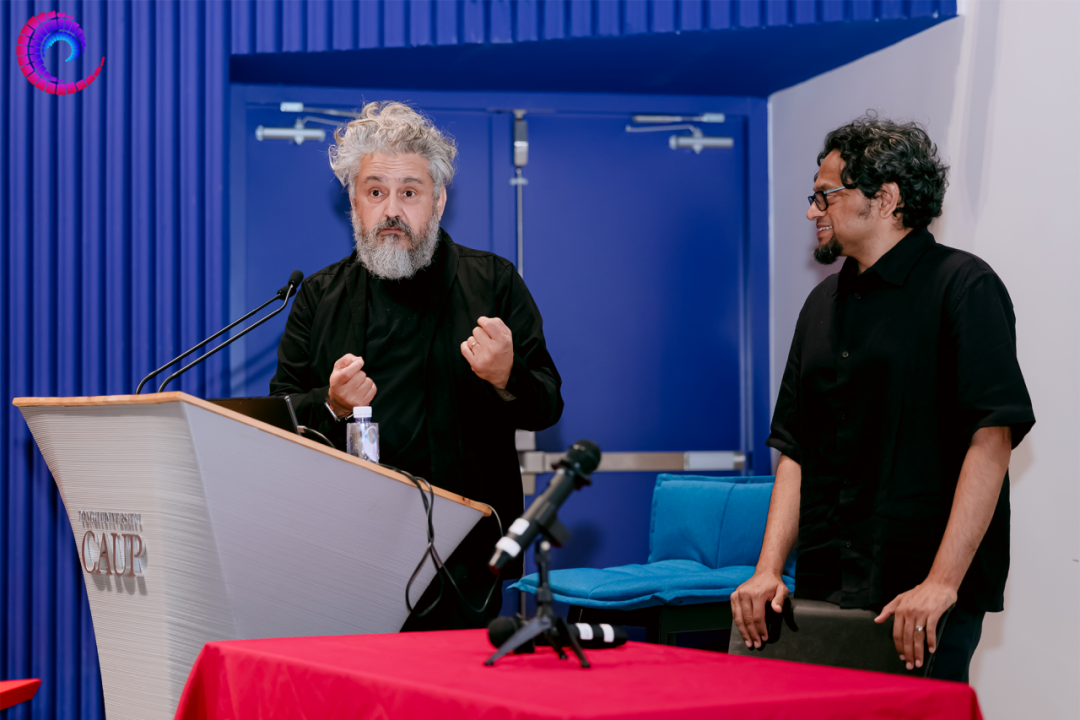

Shajay Bhooshan
Associate Director, Zaha Hadid Architects (ZHA), and Head of ZHA Computation and Design group (ZHACODE)
Hernán Díaz Alonso
Director of SCI-Arc
Principal of HDA-x
Philip F. Yuan
Vice Dean of the School of Architecture and Urban Planning, Tongji University
National Talent Distinguished Professor
Following Shajay Bhooshan’s brilliant presentation, he engaged in a discussion with Hernán Díaz Alonso, Dean of the Southern California Institute of Architecture (SCI-Arc), and Professor Philip Yuan, Vice Dean of Tongji University’s College of Architecture and Urban Planning. Their dialogue explored ZHA’s past and future, as well as challenges in architectural education and practice in the AI era.
Shajay Bhooshan: Innovating Through the Tension Between Freedom and System
As the computational design lead at ZHA, Shajay revealed the firm’s core DNA: the symbiosis of artistic freedom and technological rationality. He highlighted the creative tension between Zaha Hadid’s experimental team, ZCluster (which prioritized uninhibited exploration over systematic logic), and Patrik Schumacher’s method-driven unit—a dynamic that continues to propel the firm forward. Critiquing contemporary AI trends, he warned against the superficiality of the rendering frenzy, arguing that true innovation must return to the foundational logic of geometry, materials, and construction. For him, AI’s ultimate value lies in the democratization of knowledge: just as affordable robotics sparked aesthetic revolutions, lowering technological barriers will birth buildable new geometric languages. Promises must be rooted in domain expertise, he asserted, not illusory imagery.
Hernán Díaz Alonso: Safeguarding the Soul with a Grain-of-Salt Philosophy
With poetic insight, Hernán framed Zaha as a visionary artist whose intuition defies systematization. He cautioned against AI’s potential to flatten knowledge, urging younger generations to cultivate deep expertise to preserve uniqueness. Addressing studio scale, he proposed the metaphor of grains of salt—true value rarely stems from expansion (one cannot survive on salt alone) but emerges from historic encounters like Zaha and Patrik’s partnership. While praising large firms for shattering the scale-equals-mediocrity myth, he championed small teams’ creative purity: In an open collaborative ecosystem, everyone can become an irreplaceable flavor-maker.
Philip Yuan: Rational Evolution and Future Questions
Professor Yuan focused on ZHA’s post-Zaha transformation—from Hadid’s highly personal artistic intuition to Patrik Schumacher’s systematic technological revolution. The firm’s scaled success in China (60+ concurrent projects) demonstrated the power of methodological production via tools like the AERL research center and parametric language systems. Confronting AI’s disruption, he posed urgent questions: As machines automate basic design, what defines the human architect’s core value? He envisioned two future paths: super-individuals (leveraging AI for artistic innovation) and intelligent giants (large firms investing in R&D). Architectural education, he urged, must nurture talent capable of balancing both while safeguarding humanity’s distinct non-rational creativity.
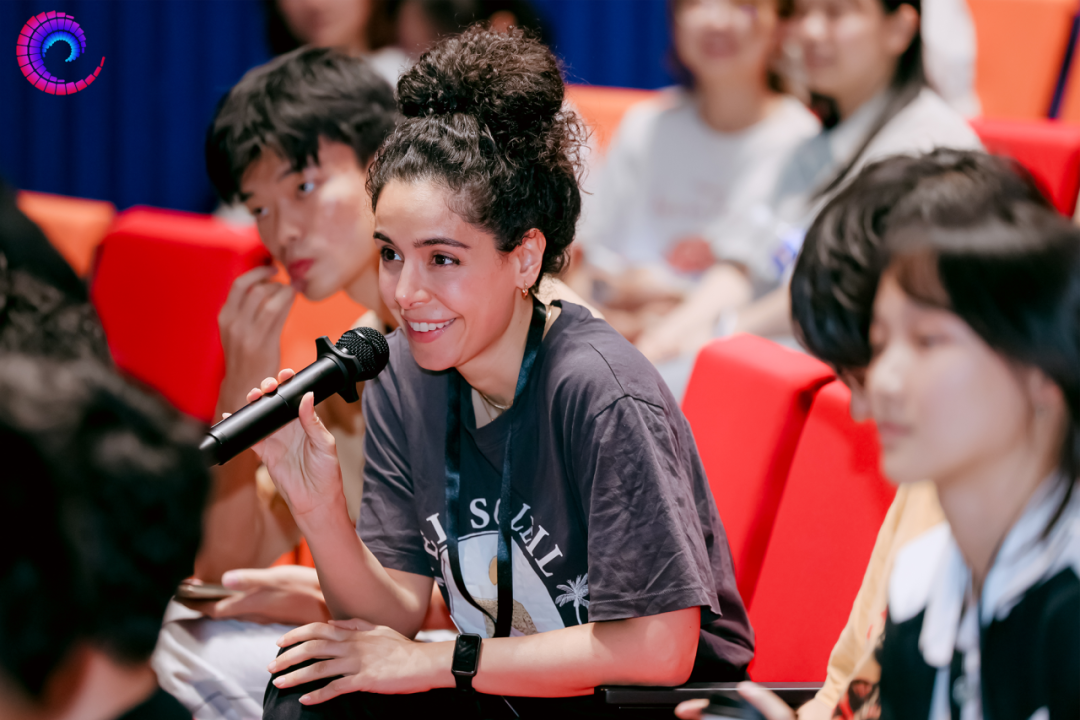
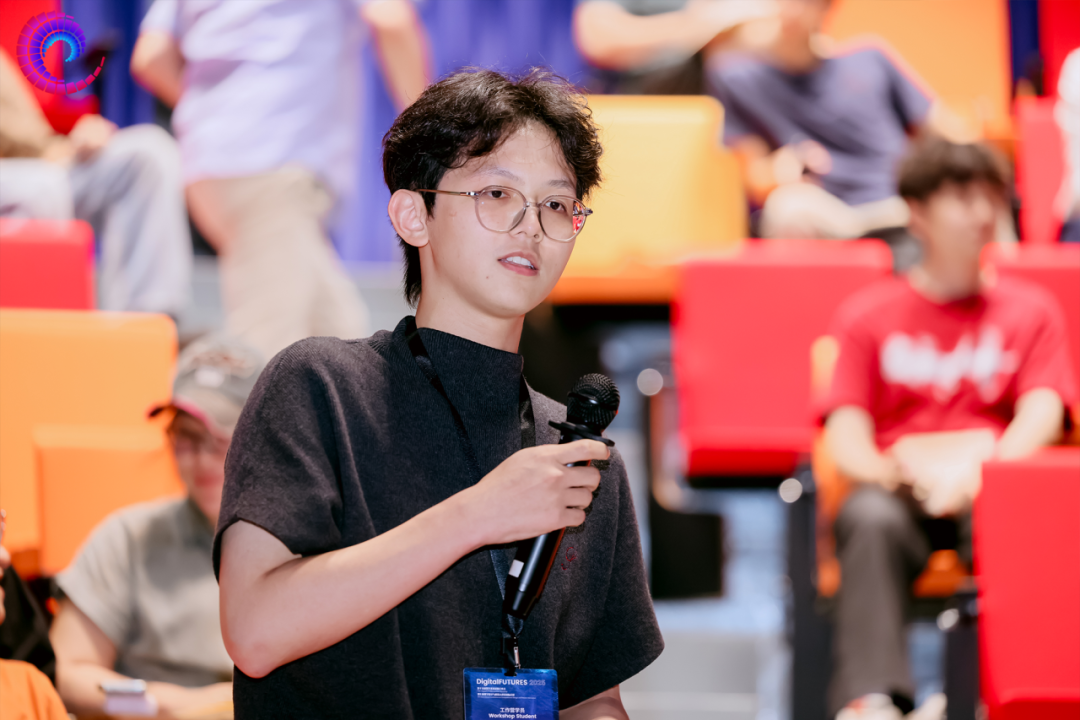
Three guests also answered questions from students on-site:
Question 1: As an architect who once aspired to join ZHA, I've been re-evaluating my career choice due to evolving personal beliefs. I’d like to understand the true collaborative ecosystem at ZHA. How is the balance between competition and cooperation struck there?
Shajay Bhooshan: The essence of ZHA is a protective space – we provide young people with an experimental field shielded from harsh criticism. 95% of our members are immigrants, from 50 countries, stemming from the DNA established early on by Zaha: using a large portion of income to support innovation, treating every competition as a hybridization and evolution of over a dozen proposals. This is not a sweatshop, but it requires self-motivation: through healthy competition among colleagues, we pursue the opportunity to participate in historic buildings. At ZHA, all senior members grew from grassroots positions, because without understanding the design expression techniques of architecture, one cannot properly lead a team.
Question 2: Current AI technology surpasses traditional parametric tools (like CAD/Maya), seemingly dissolving the tension between emotional aesthetics and efficiency. Does this signify a fundamental transformation in architectural principles?
Shajay Bhooshan: A technological revolution needs to be matched by an aesthetic revolution; this is an opportunity for young practices. But established teams like ours tend to deepen our existing language (like adapting to projects across multiple countries) rather than overthrowing theories every Monday. The potential of AI requires experimental validation.
Hernán Díaz Alonso: Don’t worry, creativity is rooted in humanity. In five years, AI might be replaced itself. Focusing on your personal narrative is more important than chasing technology.
Question 3: ZHA's projects in China (like West Bund, Nansha, Xi'an) employ a similar parametric language. How do they respond to the unique cultural identities of different cities?
Shajay Bhooshan: We haven’t found a perfect solution yet, but we are exploring ways to transform local craftsmanship into a new language. The key for the future lies in absorbing ‘construction wisdom’: for instance, using small shaded windows aesthetically in the Middle East, and wood/stone construction techniques in China. The next generation of buildings will be more attuned to locality.
Question 4: What are the main challenges in concrete printing?
Shajay Bhooshan: We haven’t found a perfect solution yet, but we are exploring ways to transform local craftsmanship into a new language. The key for the future lies in absorbing ‘construction wisdom’: for instance, using small shaded windows aesthetically in the Middle East, and wood/stone construction techniques in China. The next generation of buildings will be more attuned to locality.
 ABOUT US
ABOUT US


